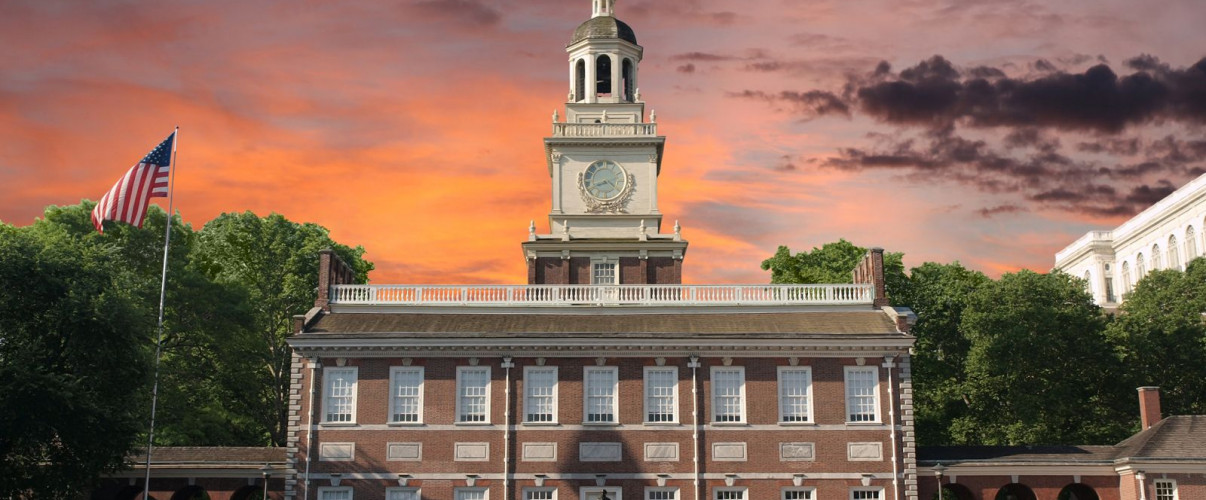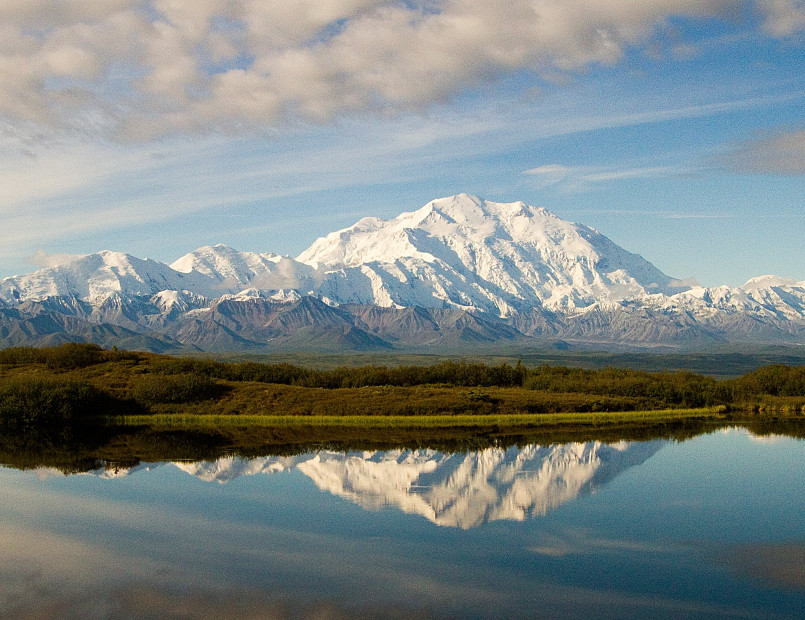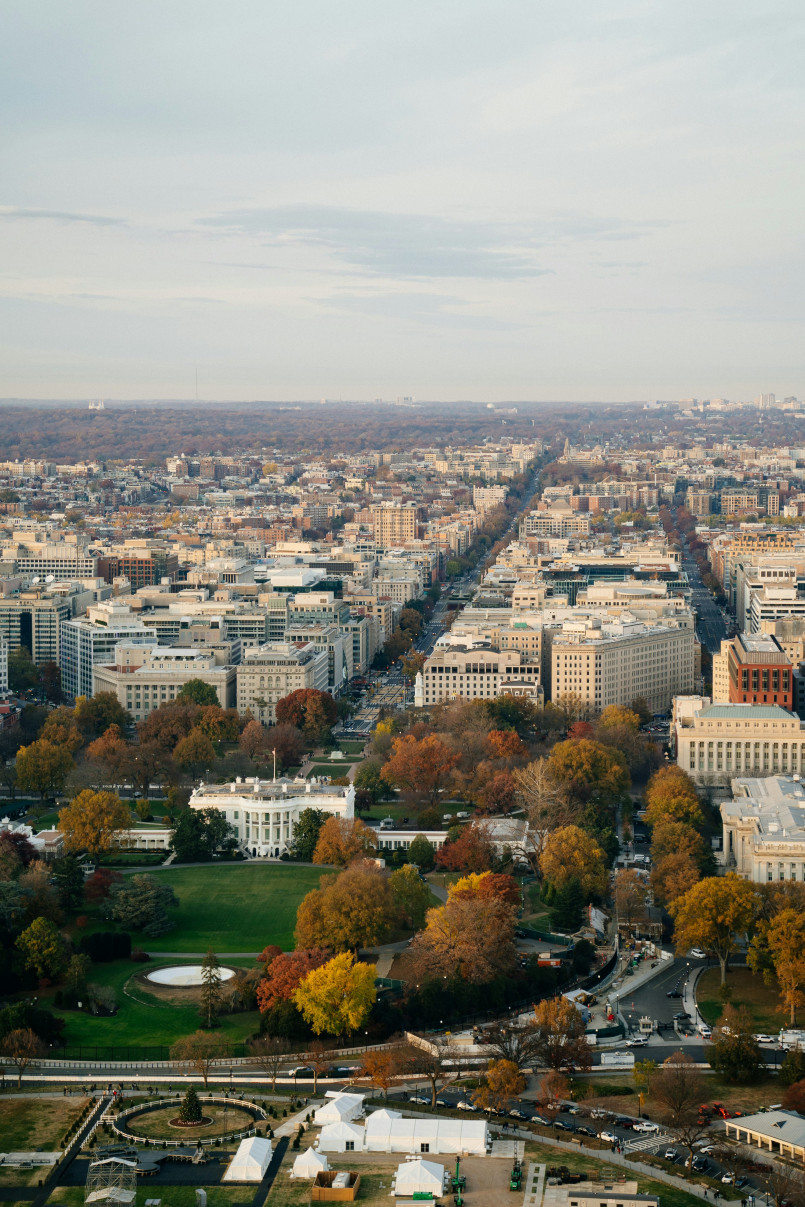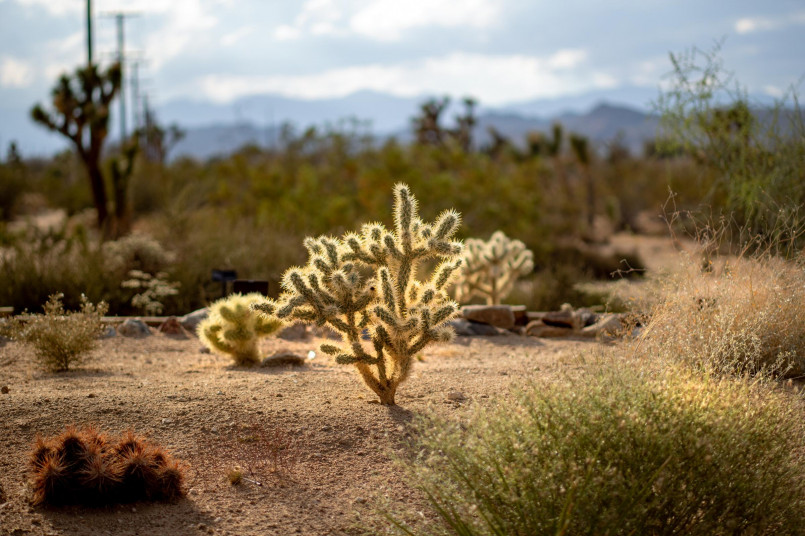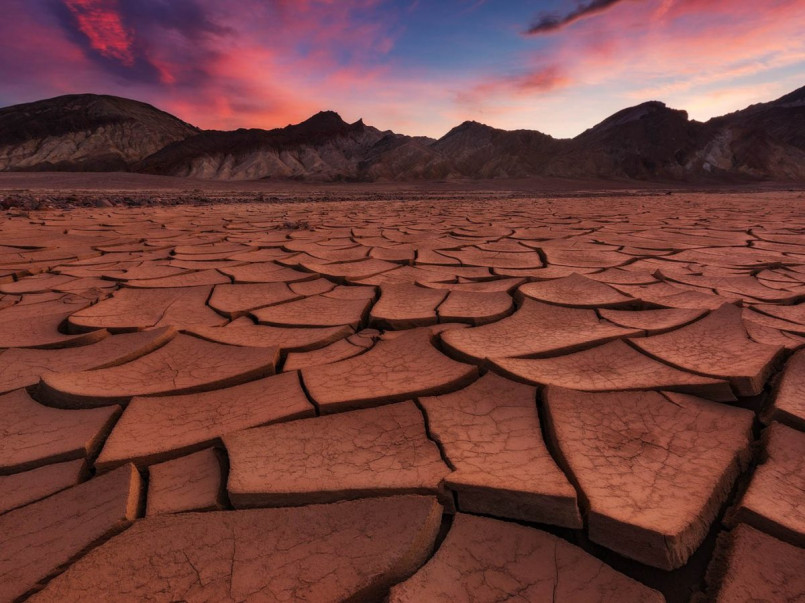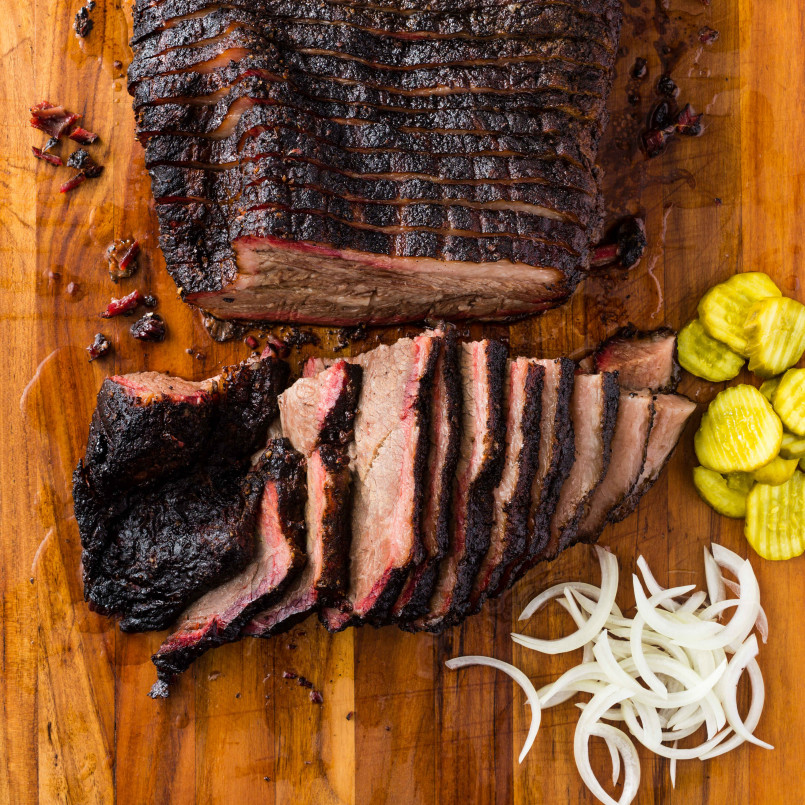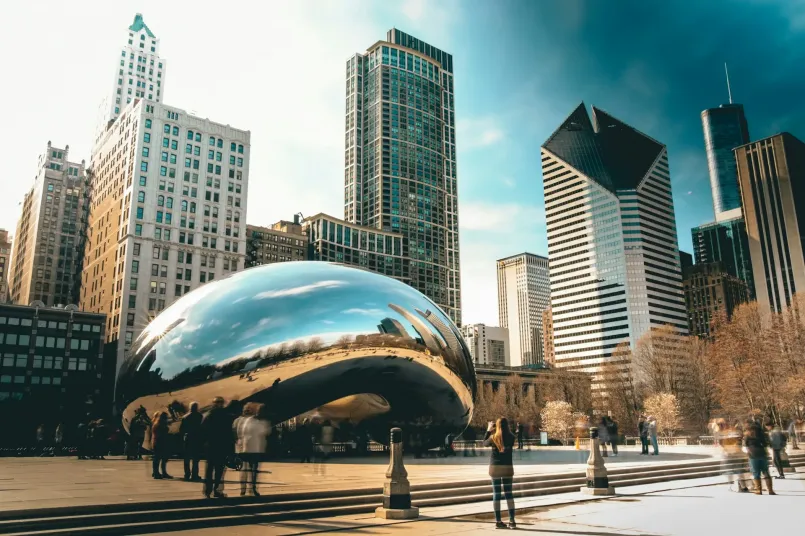America's landscape is dotted with remarkable historic sites that transformed the nation and world. From the hallowed grounds of Revolutionary battlefields to preserved colonial towns, these destinations offer immersive journeys through pivotal moments in American history that every history enthusiast should experience firsthand.
The United States offers history enthusiasts an incredible array of destinations where the past comes alive through preserved buildings, battlefields, and cultural landmarks. These historic sites provide tangible connections to the people and events that shaped American identity and changed the course of world history. Whether you're drawn to Revolutionary War history, Civil War battlefields, or civil rights landmarks, these destinations offer immersive educational experiences that textbooks simply cannot match.
From east coast colonial settlements to western frontier outposts, America's historic landmarks tell the complex, multifaceted story of a nation's birth and growth. This guide highlights the most significant historic destinations across the country that deserve a place on every history buff's travel itinerary.
Revolutionary War Sites
The American Revolution's battlefields and meeting places provide crucial insights into the nation's founding struggle for independence.
Boston's Freedom Trail offers a 2.5-mile walking route connecting 16 historically significant sites. Follow the distinctive red brick path to visit landmarks including the Old North Church, Paul Revere's House, and the site of the Boston Massacre. The trail provides an excellent overview of the events that sparked the Revolutionary War.
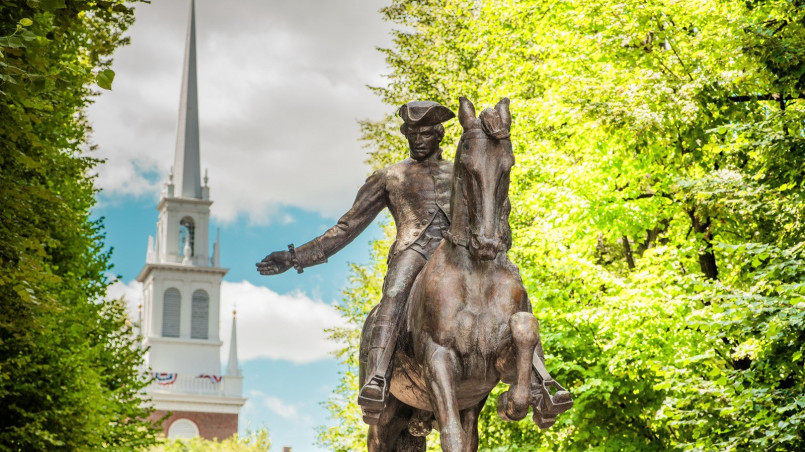
Independence National Historical Park in Philadelphia serves as the birthplace of American democracy. Visit Independence Hall where both the Declaration of Independence and Constitution were signed, and see the iconic Liberty Bell up close. The nearby Museum of the American Revolution offers comprehensive exhibits with original artifacts, including George Washington's actual headquarters tent.
Yorktown Battlefield in Virginia marks the site of the decisive American victory that effectively ended the Revolutionary War. The well-preserved battlefield features original earthworks, historic homes, and an excellent visitor center with multimedia presentations explaining the siege that forced British General Cornwallis to surrender to Washington in 1781.
Civil War Battlefields
Civil War battlefields offer profound insights into the nation's bloodiest conflict that tested the very survival of the United States.
Gettysburg National Military Park in Pennsylvania preserves the site of the Civil War's turning point and bloodiest battle. The meticulously maintained battlefield allows visitors to walk the actual ground where pivotal moments occurred, from Little Round Top to Pickett's Charge. The excellent museum and cyclorama painting provide context for understanding this decisive three-day battle.
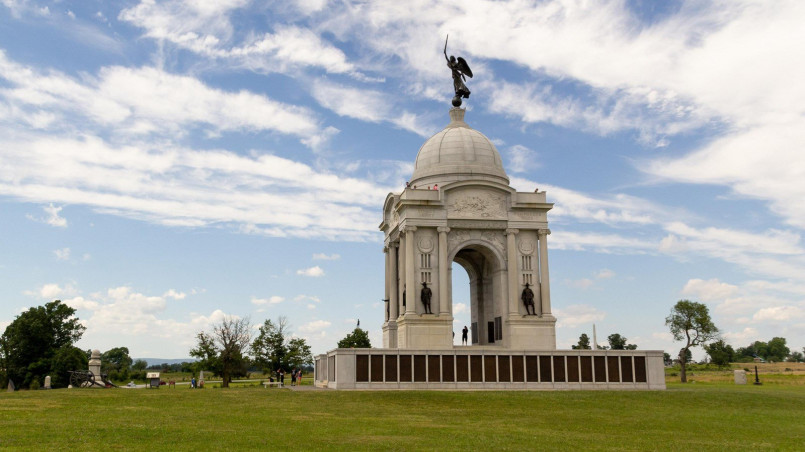
Antietam National Battlefield in Maryland commemorates the single bloodiest day in American history. This well-preserved battlefield includes the infamous Sunken Road, Burnside Bridge, and the cornfield where some of the most intense fighting occurred. The battle's outcome gave President Lincoln the political opportunity to issue the Emancipation Proclamation.
Vicksburg National Military Park in Mississippi preserves the site of the crucial 47-day siege that gave Union forces control of the Mississippi River. The park features over 1,400 monuments and markers, reconstructed earthworks, and the restored USS Cairo, a Union ironclad gunboat raised from the Yazoo River.
Presidential Homes and Libraries
Presidential homes and libraries offer intimate glimpses into the lives and legacies of America's chief executives.
Mount Vernon, George Washington's meticulously restored Virginia estate, provides insight into the personal life of America's first president. Tour the mansion, explore the outbuildings, visit Washington's tomb, and learn about plantation life through excellent interpretive programs that address both Washington's leadership and the reality of enslaved workers at the property.
Monticello, Thomas Jefferson's architectural masterpiece near Charlottesville, Virginia, reflects the founding father's brilliant mind and contradictory nature. The house tour showcases Jefferson's innovative designs, while exhibits honestly address the paradox of the Declaration of Independence author who owned over 600 enslaved people during his lifetime.
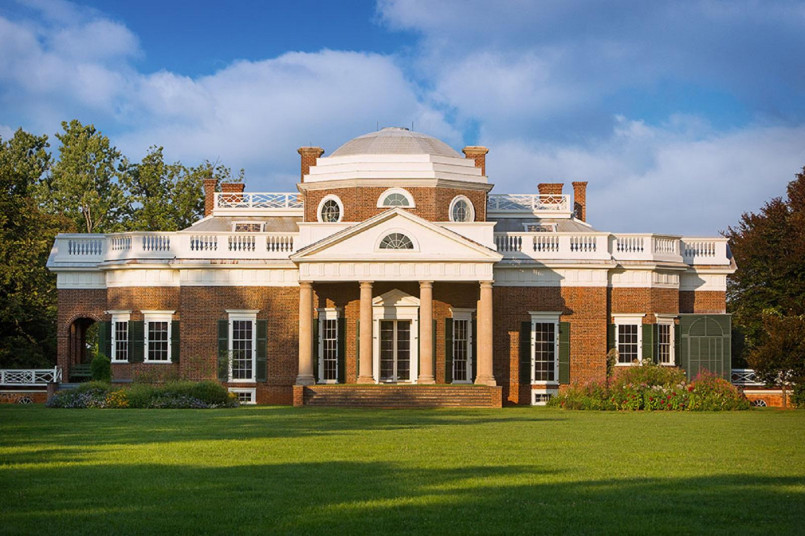
Abraham Lincoln's Home in Springfield, Illinois represents the only home Lincoln ever owned. This modest two-story house offers a window into Lincoln's life before the presidency, while the nearby Presidential Library and Museum features immersive exhibits about his presidency and the Civil War.
Colonial America
Colonial-era sites provide fascinating glimpses into early American settlement and life before independence.
Colonial Williamsburg in Virginia offers America's largest living history museum. This meticulously restored 18th-century town features costumed interpreters who bring the colonial period to life. Visit the Governor's Palace, Capitol building, and dozens of historic trades shops where artisans demonstrate period crafts using authentic techniques.
Plimoth Patuxet (formerly Plimoth Plantation) in Massachusetts recreates the 1627 Plymouth Colony established by the Pilgrims. Interact with historical interpreters portraying actual colonists and visit the Wampanoag Homesite where Native interpreters (not role-players) share insights about indigenous culture and the complex relationship with European settlers.
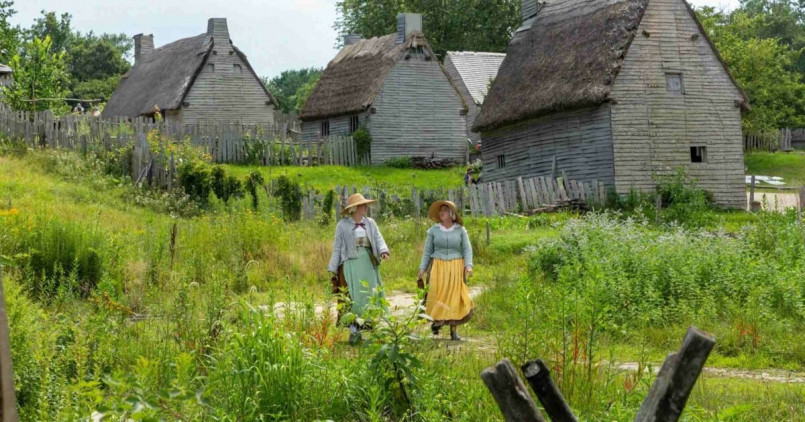
St. Augustine, Florida stands as the oldest continuously occupied European settlement in the United States, founded in 1565. Visit the imposing Castillo de San Marcos, the oldest masonry fort in continental USA, and explore the city's historic district with its Spanish colonial architecture.
Native American Historic Sites
These sites honor the indigenous peoples who inhabited North America for thousands of years before European contact.
Mesa Verde National Park in Colorado preserves over 5,000 archaeological sites, including 600 remarkable cliff dwellings built by Ancestral Puebloan people between 600-1300 CE. The spectacular Cliff Palace contains 150 rooms and 23 kivas (ceremonial chambers), offering insights into this sophisticated civilization.
Cahokia Mounds State Historic Site near St. Louis, Illinois preserves the remains of the largest pre-Columbian Native American city north of Mexico. This UNESCO World Heritage site features massive earthen mounds, including 100-foot-tall Monks Mound, built by the Mississippian culture between 1050-1350 CE.
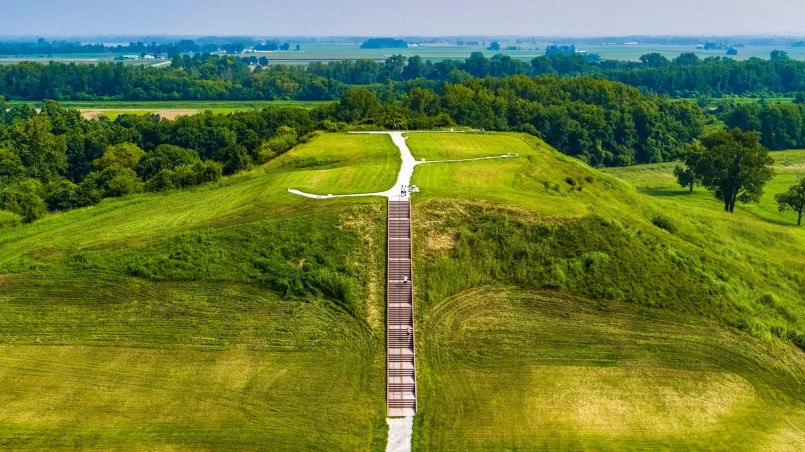
Little Bighorn Battlefield National Monument in Montana commemorates the 1876 battle where combined forces of Lakota, Northern Cheyenne, and Arapaho tribes defeated Lt. Col. George Custer and his 7th Cavalry. The site now presents balanced perspectives from both Native American and U.S. military viewpoints.
Industrial Revolution Landmarks
These sites document America's transformation from an agricultural to industrial powerhouse.
Lowell National Historical Park in Massachusetts preserves America's first planned industrial city. Visit restored textile mills, workers' housing, and canal systems that powered the factories. Working looms and machinery demonstrations show how the industrial revolution transformed manufacturing and American society.
Slater Mill in Pawtucket, Rhode Island represents the birthplace of the American Industrial Revolution. This 1793 water-powered cotton spinning factory, America's first successful textile mill, features working machinery demonstrations and exhibits on early industrialization.
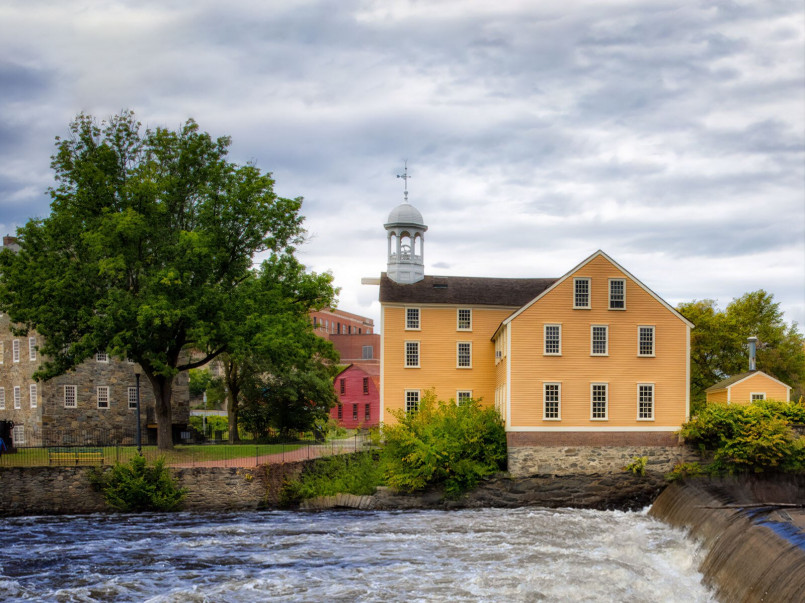
Henry Ford Museum and Greenfield Village in Dearborn, Michigan houses an unparalleled collection of American innovation. The museum displays pivotal artifacts including the bus where Rosa Parks refused to give up her seat, while the adjacent Greenfield Village features 83 historic structures moved from their original locations, including Thomas Edison's laboratory and the Wright Brothers' bicycle shop.
Civil Rights Movement Locations
These powerful sites document America's struggle for racial equality and civil rights.
The National Civil Rights Museum at the Lorraine Motel in Memphis, Tennessee preserves the site of Dr. Martin Luther King Jr.'s assassination. This powerful museum chronicles the civil rights movement from slavery through the present day, culminating at the preserved motel room where Dr. King spent his final hours.
The Edmund Pettus Bridge in Selma, Alabama marks the site of "Bloody Sunday" on March 7, 1965, when state troopers attacked peaceful voting rights marchers. Walking across this National Historic Landmark provides a moving connection to a pivotal moment that galvanized support for the Voting Rights Act of 1965.
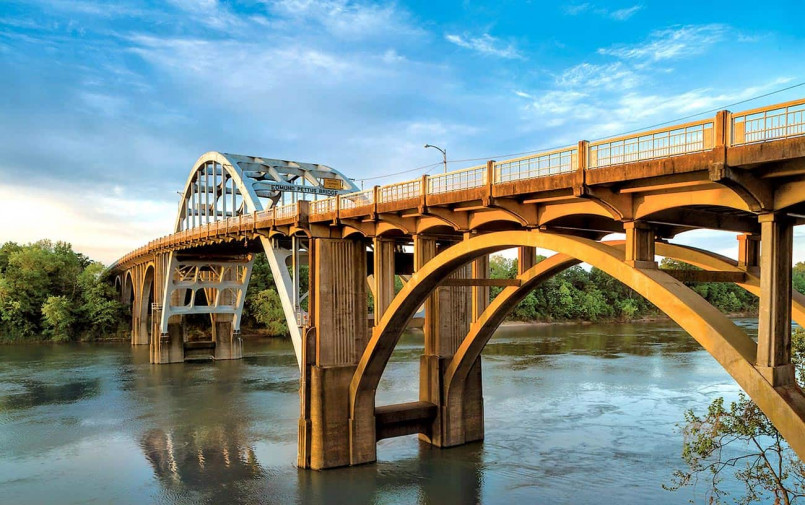
The National Museum of African American History and Culture in Washington, DC offers the most comprehensive collection documenting African American life, history, and culture. The museum's powerful exhibits trace the journey from slavery through emancipation, Jim Crow, civil rights struggle, and contemporary issues.
Frequently Asked Questions About 15 Historic American Destinations Every History Buff Must Experience
What is the best historic destination for families with children?
Colonial Williamsburg is exceptional for families as it combines education with entertainment through hands-on activities, interactive demonstrations, and costumed interpreters who engage directly with visitors. Children can join militia drills, try period games, and watch artisans create items using 18th-century techniques. Other family-friendly options include the Boston Freedom Trail, Plimoth Patuxet, and Mount Vernon, all of which offer specialized children's programs and activities designed to make history accessible to young visitors.
How much time should I allow to properly visit Gettysburg National Military Park?
For a meaningful Gettysburg experience, plan to spend at least two full days. The first day should include the excellent museum and film, the Cyclorama painting, and a guided battlefield tour (either with a licensed battlefield guide or the auto tour). The second day allows time to explore specific areas of interest in depth, visit the Soldiers' National Cemetery, and explore the town of Gettysburg itself. Serious history buffs might want a third day to walk key battlefield areas like Little Round Top, Devil's Den, and Pickett's Charge at a leisurely pace.
Are there any lesser-known historic sites worth visiting that aren't typically on tourist itineraries?
Absolutely! Consider Fort Necessity National Battlefield in Pennsylvania where George Washington fought his first battle, Harpers Ferry National Historical Park at the confluence of the Potomac and Shenandoah Rivers (site of John Brown's raid), the Tenement Museum in New York City showcasing immigrant life, Fort Ross in California (a Russian settlement), New Philadelphia in Illinois (first town founded by an African American), and Bent's Old Fort in Colorado (important trading post on the Santa Fe Trail). These sites offer fascinating history without the crowds of more famous destinations.
What's the best way to learn about Native American history when visiting these sites?
For authentic Native American history, prioritize sites with indigenous involvement in interpretation. Tribal museums like the Mashantucket Pequot Museum in Connecticut, the Museum of the Cherokee Indian in North Carolina, and the Heard Museum in Phoenix offer Native perspectives. At national parks and monuments, look for ranger programs led by Native American staff. Always verify that sites present balanced, culturally sensitive interpretations. The National Museum of the American Indian in Washington DC provides an excellent overview of diverse indigenous cultures across the Americas.
What historic sites best tell the story of slavery and its impact on American history?
Several sites offer powerful insights into slavery's legacy: Whitney Plantation near New Orleans focuses exclusively on enslaved people's experiences; Monticello and Mount Vernon have dedicated slavery tours; the African American History Museum in Washington DC provides comprehensive context; and the National Underground Railroad Freedom Center in Cincinnati documents resistance and escape routes. Historic plantations including Boone Hall (SC), Laura Plantation (LA), and Magnolia Plantation (SC) have increasingly honest interpretations of enslaved people's lives and contributions.
Are there any good historic road trips I can take to see multiple sites?
Several excellent historic road trips include: The Civil War corridor from Washington DC through Virginia to Richmond, Appomattox, and Gettysburg; the Freedom Trail in Boston combined with Plimoth Patuxet and Lexington/Concord; the Presidential homes tour through Virginia (Mount Vernon, Monticello, Montpelier, and Highland); and the Civil Rights Trail through Alabama, Mississippi, and Tennessee. These routes allow you to experience interconnected historic sites while understanding their geographic context and relationship to one another.
